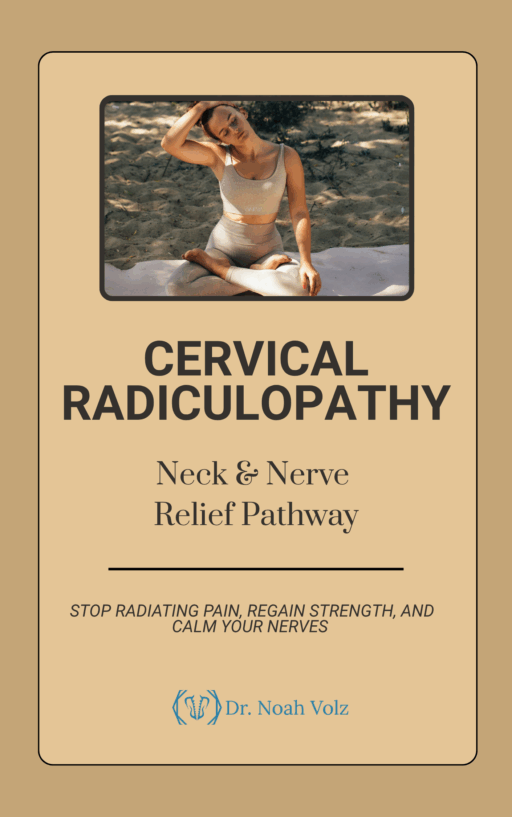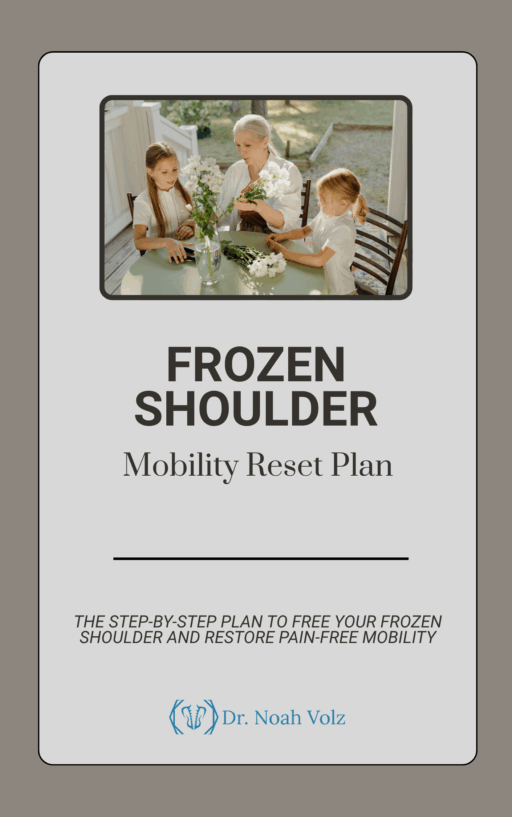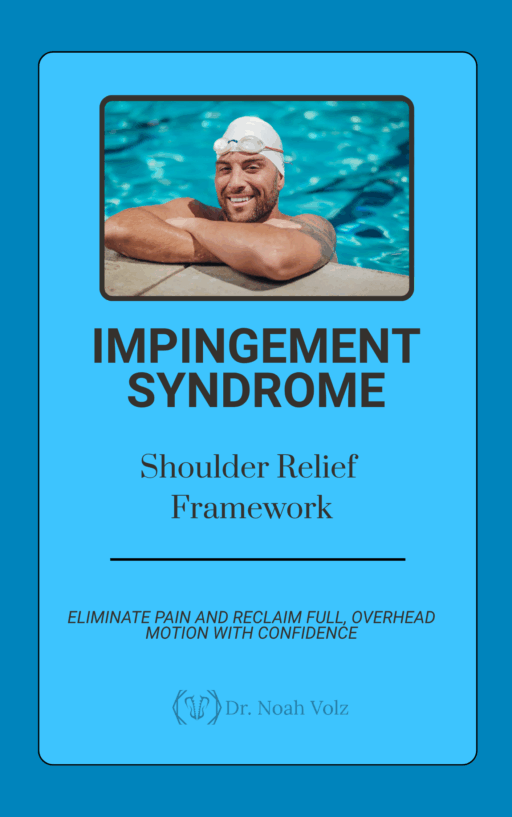Imagine you’re standing at the edge of a vast, unexplored jungle. The air is thick with the scent of damp earth and exotic flowers. You can hear the distant call of unfamiliar birds and the rustle of leaves in the breeze. This jungle represents the complex world of musculoskeletal health, and you, dear reader, are about to embark on an exciting expedition.
But here’s the twist: you’re not going alone. Your team includes a diverse group of experts – a chiropractor, a neuroscientist, a physiotherapist, and a psychologist. Each brings their own unique set of tools, knowledge, and perspective to the journey ahead. This is the essence of an interdisciplinary approach to musculoskeletal health.
The Clearing: Understanding the Terrain
As you step into a small clearing, your chiropractor friend points out a peculiar tree. Its trunk is twisted, its branches reaching in odd directions. “This,” she says, “is like a spine that’s been under stress. But remember, it’s not just about the tree itself. We need to consider the entire ecosystem.”
This simple observation sets the tone for your journey. Just as the tree is part of a larger forest system, our musculoskeletal health is intricately connected to various aspects of our body and mind.
The River: Flow of Information
Your path leads you to a rushing river. The neuroscientist in your group crouches down, dipping her hand in the cool water. “Think of this river as the flow of information in our nervous system,” she explains. “Sometimes, there are blockages or diversions that affect this flow, impacting our musculoskeletal health.”
This perspective adds a new dimension to your understanding. It’s not just about bones and muscles, but also about the intricate network of nerves that govern them.
The Climbing Vines: Adaptability and Support
As you continue your trek, you notice vines climbing up the trees, forming intricate patterns. The physiotherapist points them out, saying, “See how these vines adapt to support the trees? Our bodies work similarly. When one part is weak or injured, other parts compensate and provide support.”
This observation highlights the importance of considering the body as a whole, interconnected system. An injury in one area can have far-reaching effects throughout the body.
The Hidden Cave: The Mind-Body Connection
Your journey takes an unexpected turn when you discover a hidden cave. As you enter, the psychologist in your group lights a torch, illuminating ancient drawings on the walls. “These images,” he says, “represent the deep connection between our minds and bodies. Our thoughts, emotions, and experiences can profoundly impact our physical health.”
This revelation adds yet another layer to your understanding of musculoskeletal health. It’s not just about the physical; the mental and emotional aspects play crucial roles too.
The Summit: A New Perspective
After days of exploration, your team reaches the summit of a tall hill. As you look out over the vast expanse of the jungle, you’re struck by how all the elements you’ve encountered – the twisted tree, the flowing river, the adaptive vines, the hidden cave – come together to form this breathtaking ecosystem.
This panoramic view represents the interdisciplinary approach to musculoskeletal health. It’s about seeing the big picture, understanding how different elements interact, and appreciating the complexity of the human body.
The Campfire: Sharing Insights
As night falls, your team gathers around a campfire. Each member shares their insights from the journey:
– The chiropractor talks about the importance of proper alignment and function, not just of the spine but of the entire musculoskeletal system.
– The neuroscientist explains how recent research has revealed the brain’s role in chronic pain and movement disorders.
– The physiotherapist discusses strategies for building strength and flexibility, emphasizing the body’s amazing capacity for adaptation and healing.
– The psychologist highlights the power of mindfulness and cognitive behavioral techniques in managing pain and improving overall well-being.
As you listen to these diverse perspectives, you realize that each approach doesn’t exist in isolation. They complement and enhance each other, creating a more comprehensive understanding of musculoskeletal health.
The Return: Bringing It All Together
As your expedition comes to an end and you prepare to return home, you reflect on the journey. You’ve learned that musculoskeletal health is not just about fixing a “bad back” or a “sore knee.” It’s about understanding the intricate dance between your bones, muscles, nerves, and mind.
You’ve discovered that true healing often requires more than one approach. Sometimes, you might need the specific adjustments of a chiropractor. Other times, you might benefit from the movement strategies of a physiotherapist. You might find relief through the mind-body techniques suggested by a psychologist, or gain insights from the latest neuroscience research.
Most importantly, you’ve learned that curiosity and openness to different perspectives can lead to profound discoveries. Just as your diverse team navigated the complex jungle ecosystem, an interdisciplinary approach can help navigate the complexities of musculoskeletal health.
As you step back into your everyday life, you carry with you a new appreciation for the marvels of your body and the power of collaborative, holistic care. You’re excited to continue exploring, learning, and growing – because after all, the journey to health and wellness is a lifelong adventure.
So, dear reader, are you ready to embark on your own expedition of discovery? Remember, in the vast jungle of musculoskeletal health, the most valuable tool you have is an open, curious mind. Happy exploring!
-

Bicep Tendon Pain Solution
$50.00 -

Brain Detoxification & Recovery System
$50.00 -

Brain Energy and Endurance Support System
$50.00 -

Brain-Based Movement and Motor Control Training
$50.00 -

Centralized Low Back Pain
$50.00 -

Cervical Radiculopathy: Neck and Nerve Relief Pathway
$50.00 -

Complex Low Back Pain
$50.00 -

Complex Radiating Low Back Pain
$50.00 -

Cross-Pattern Low Back Pain
$50.00 -

Frozen Shoulder Mobility Reset Plan
$50.00 -

Impingement Syndrome: Shoulder Relief Framework
$50.00 -

Mastering Brain Senses: Rebuild Your Hearing, Vision, and Body Awareness
$50.00













